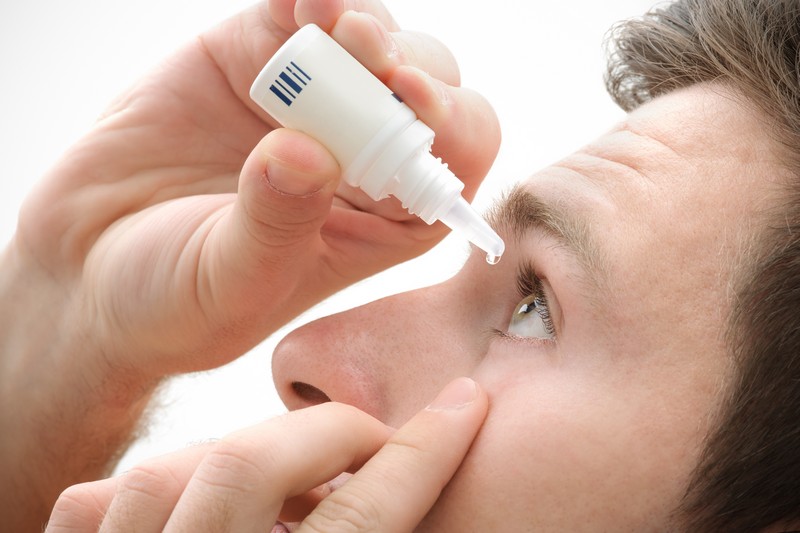
Dry eye syndrome is a common condition that affects millions of people worldwide. It is characterized by a lack of natural tears or a decrease in the quality of the tears produced. This can lead to discomfort, irritation, and even vision problems if left untreated. As a leading optometrist in the field of dry eye treatment, we understand the importance of providing our patients with the information and resources they need to effectively manage this condition. In this guide, we will explore the causes, symptoms, and treatment options available for dry eye syndrome.
Symptoms of Dry Eye Syndrome
– Eye dryness or grittiness
– Redness
– Itching or burning
– Light sensitivity
– Blurred vision
– Eye fatigue
– Watery eyes
If you are experiencing any of these symptoms, it is important to schedule an appointment with a dry eye specialist as soon as possible.
– Artificial tears: Over-the-counter or prescription eye drops can help to lubricate the eyes and relieve symptoms of dryness.
– Warm compresses: Placing a warm compress on the eyes can help to increase tear production and improve the quality of the tears.
– Lipiflow treatment: This is a non-invasive treatment that uses heat and pressure to unclog the glands in the eyelids, allowing them to produce a more stable tear film.
– Tear duct plugs: Tiny silicone or collagen plugs can be inserted into the tear ducts to help prevent tears from draining away too quickly.
In severe cases, the doctor may recommend a more aggressive treatment, such as autologous serum tears (AST) or punctal occlusion.
– Using a humidifier: Increasing the humidity in your home or workplace can help to prevent the tear film from evaporating too quickly.
– Taking frequent breaks: Taking regular breaks during long periods of reading or computer use can help to reduce eye fatigue and prevent symptoms of dry eye syndrome.